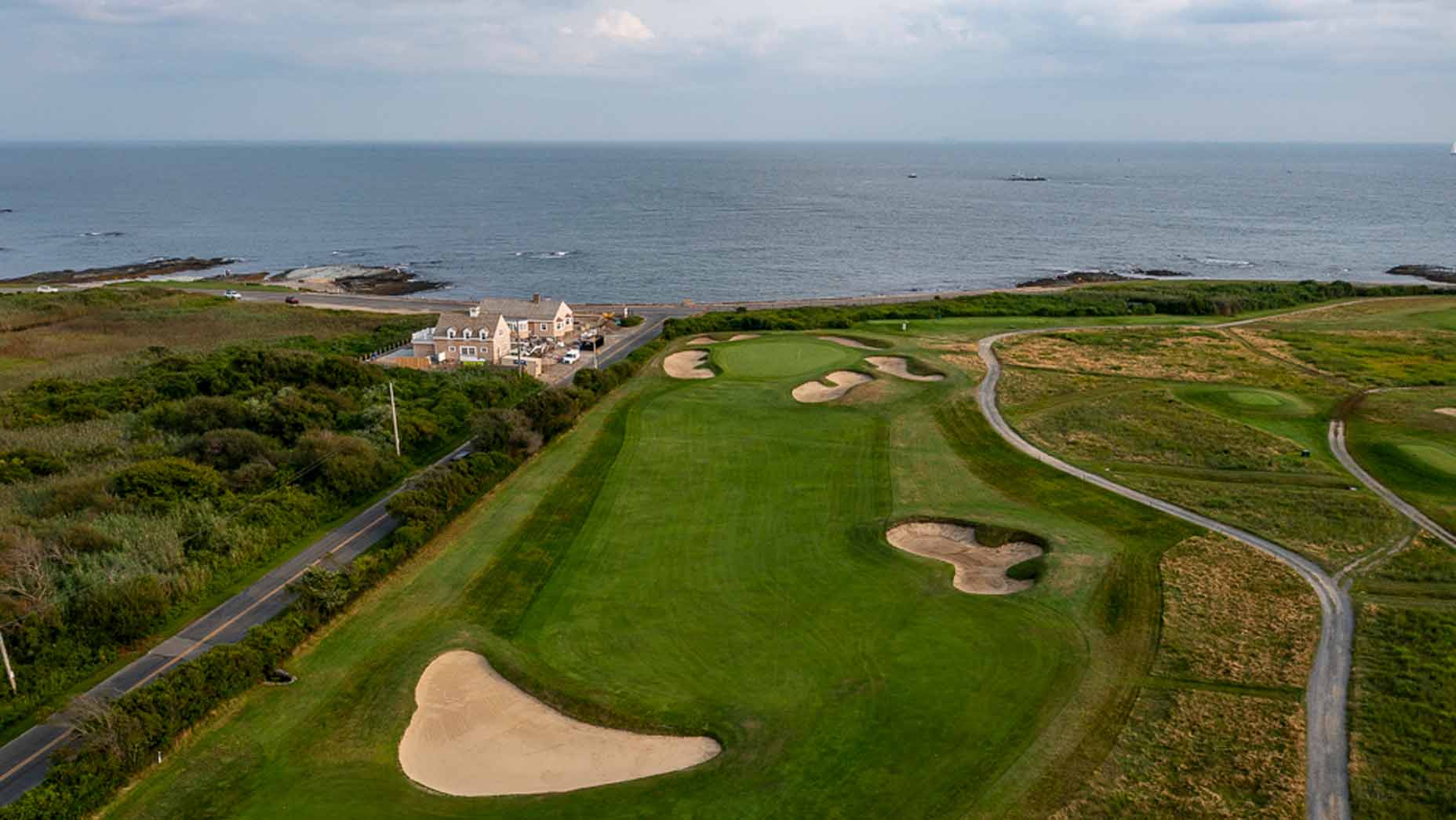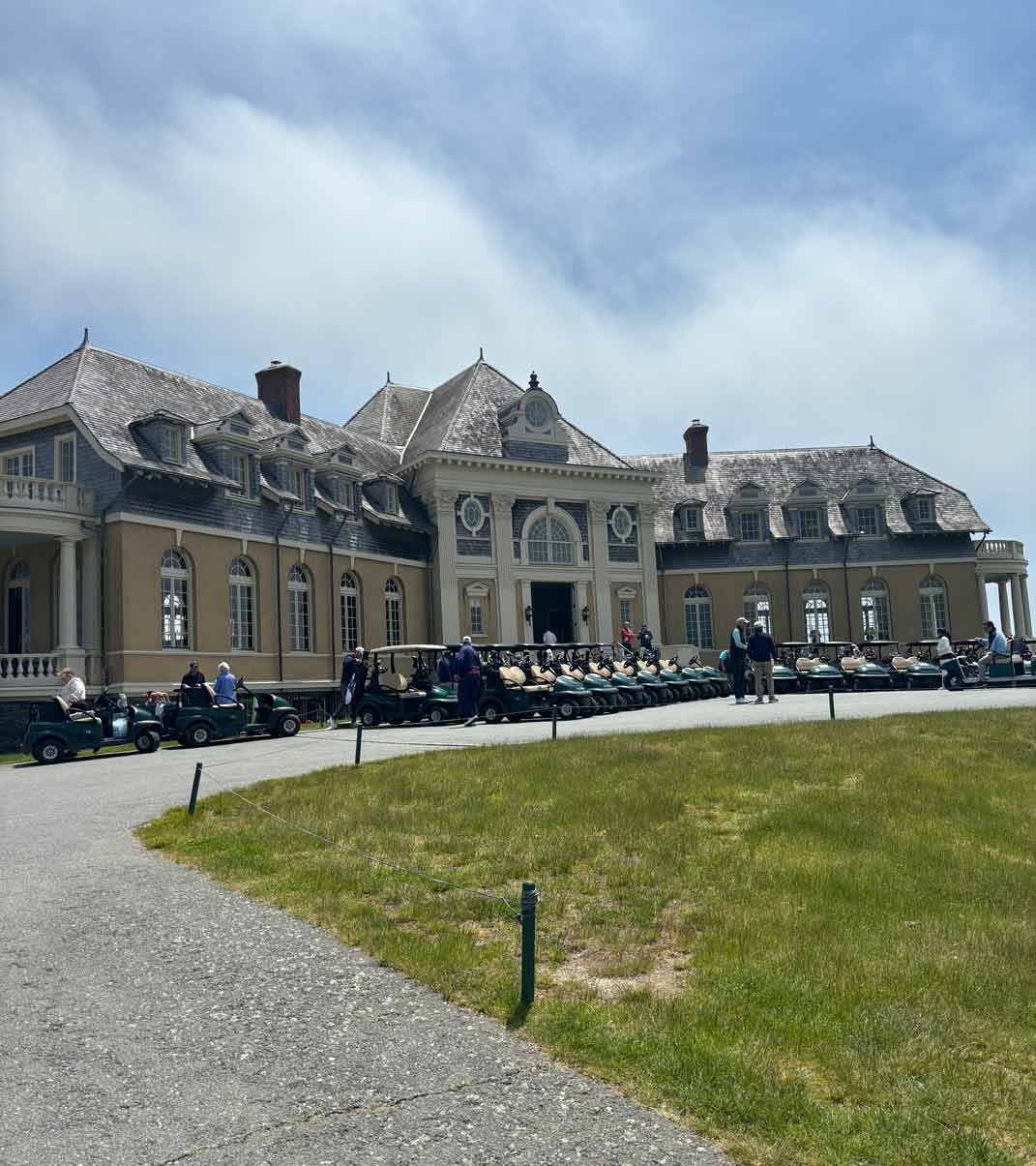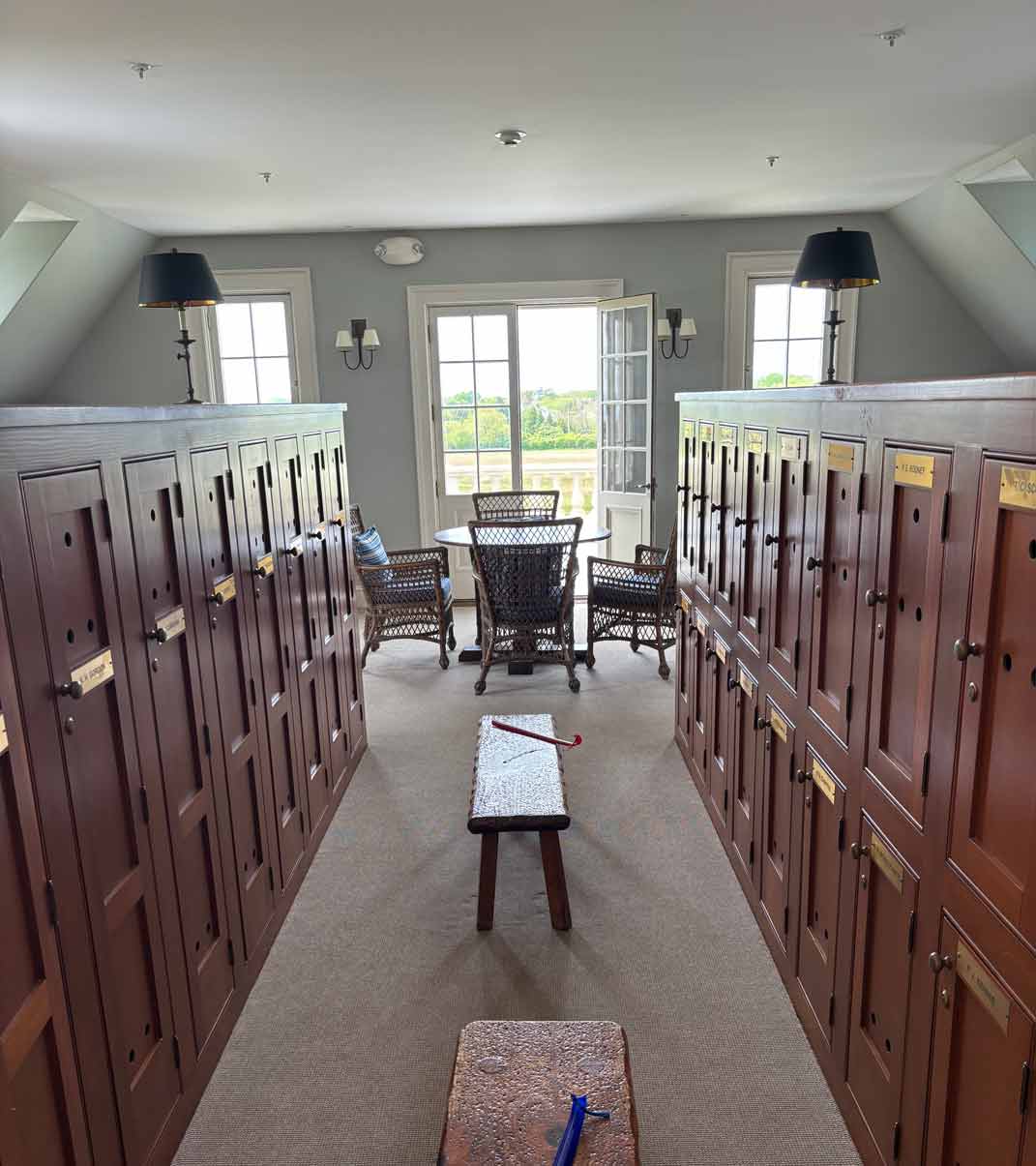Golf
I played the host of the 1st ever U.S. Open — here’s what it was like

Back in 1895, the USGA hosted their first championship at Newport CC.
USGA
The best men’s golfers in the world will descend upon the tiny village of Pinehurst, N.C. this week, each with the same goal: winning the U.S. Open. This is the 124th time that golfers have assembled for this national championship. Plenty has happened in the century-plus that USGA has put on the event.
Francis Ouimet was the first U.S. Open legend. Before long, Bobby Jones and Gene Sarazen made their mark, too. Byron Nelson and Ben Hogan etched their names on the trophy and then Arnold Palmer, Gary Player and Jack Nicklaus followed suit. Curtis Strange, Payne Stewart and Ernie Els claimed their titles in the last decade of the balata ball, before Tiger Woods asserted his dominance in the decade that followed. A beefy cohort of contemporary stars has defined the event in recent years, with the likes of Brooks Koepka, Bryson DeChambeau, Jon Rahm and Dustin Johnson claiming titles of their own. When it comes to winning this championship, there’s no faking it. You’ve got to have some serious game.
This week will be no different. Donald Ross’ famed No. 2 course at Pinehurst Resort is hosting the U.S. Open for the fourth time. In the previous three editions, just four players total have finished under par. Viktor Hovland put it succinctly during his pre-tournament press conference: “It’s a hard golf course.” As far as U.S. Open tests go, Pinehurst No. 2 is one the most demanding.
The USGA has always taken pride in challenging the world’s best. No matter if it’s the U.S. Open, the U.S. Amateur or the U.S. Four-Ball, when the USGA puts on an event, you can expect the test to be stern. If history is any indication, that theme will hold true in the Carolina Sandhills this week.
Speaking of history, this week has a little added meaning for the USGA in terms of historical context. When the first tee ball is struck by Michael McGowan Thursday morning, it will signify the beginning of the USGA’s 1,000th championship.
Back in 1895 — 129 years ago — the governing body hosted their first championship. In October of that year, Charles Blair McDonald — yes, that C.B. McDonald — won the U.S. Amateur at Newport Country Club, dispatching Charles Sands 12&11 in the championship match.
The next day they contested the first U.S. Open on the same course, with Horace Rawlins taking the title. Newport CC had just nine holes in those days, and the 11 players in the field played them four times to determine the champion. Rawlins posted scores of 91 and 82 to win by two strokes over Willie Dunn. He won $150 for his efforts.
Plenty has changed in the world of golf since then — and plenty has changed about Newport CC, too. The historic club has 18 holes now, with A.W. Tillinghast’s fingerprints all over the design. He remodeled the course in the 1920s, and his design stands the test of time with the course still appearing in GOLF’s Top 100 ranking.
Later this month, Newport will test some of the best seniors in the game as it hosts the 41st U.S. Senior Open. Ahead of the USGA’s return to Newport, I trekked to Rhode Island to check out the course for myself — and let me say, I walked away wildly impressed.

Zephyr Melton

Zephyr Melton
The first thing you notice when you turn in the driveway at Newport CC is the stately clubhouse in the distance. It’s a majestic building with Beaux Arts architecture designed by the famed Whitney Warren — and everything about it feels distinguished. High ceilings highlight the main room upon entrance, with intimate locker rooms up the stairs on either side. A sea breeze blows right through the classic locker room with open windows looking out to the nearby Atlantic Ocean.
The front nine (back nine for the U.S. Senior Open) plays out toward the ocean, with many holes offering water views. But while the vistas are stunning, the sea breeze is no joke. If you can’t control your ball in the wind, good luck taming this course.
Stunning views aren’t the only thing the course has to offer, though. The bunkering at Newport CC is unlike anything I’d experienced before. The shapes and sizes varied from hole to hole, offering a variety not seen in most courses. Oh, and if you get stuck in one, good luck getting the ball close. Controlling your ball coming out of that sand is no easy feat.
On the day we played, the course was bouncy and firm. We had Mother Nature to thank for that. Newport CC is one of the rare modern courses that has no fairway irrigation system, so course conditions are dictated by the weather. If the seniors catch the course on a week without much moisture — and with a steady ocean breeze — you can expect scores to skyrocket.
The winner’s score might not be quite as high as Rawlins’ from the first U.S. Open, but there could be some scores in that neighborhood. Even as one of the oldest courses in the country, Newport CC has plenty of bite — and generations of history to sink your teeth into.



)






